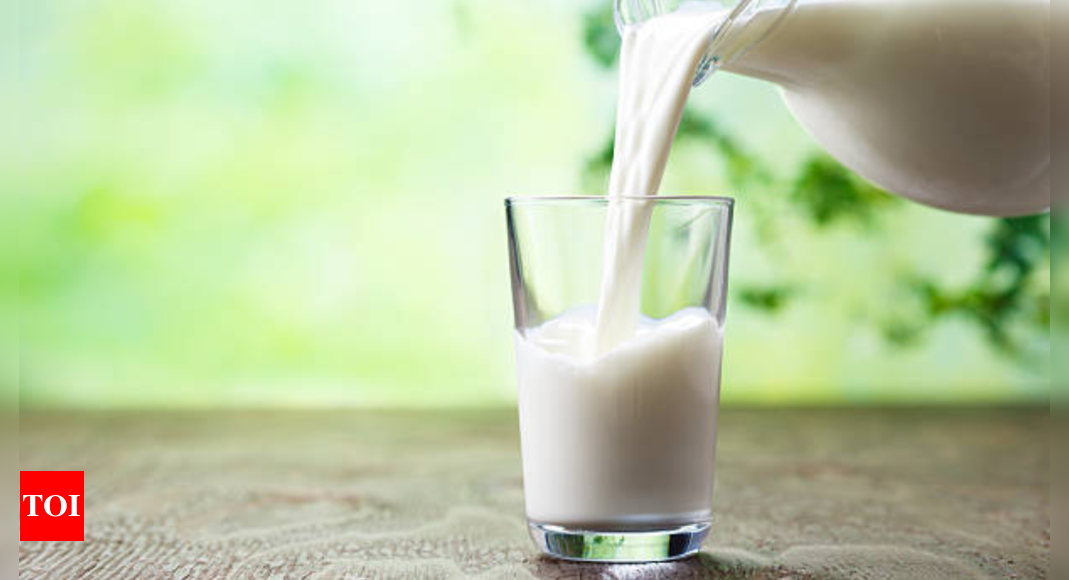Drinking milk is a nutritious habit, but for those with lactose intolerance or specific dietary concerns, finding the right approach can make all the difference.
Understanding how to enjoy milk while managing lactose intolerance or other issues is crucial for maintaining health and comfort.

Lactose intolerance occurs when your body lacks sufficient lactase enzyme to break down lactose, the sugar in milk. This can lead to symptoms like bloating, gas, and diarrhea after consuming dairy products. If you’re lactose intolerant, it’s important to find ways to enjoy milk without discomfort. Start by opting for lactose-free milk, which has the lactase enzyme added to break down lactose. Alternatively, try dairy products with lower lactose levels, such as hard cheeses or yogurt, which are often easier to digest.
Choosing the right milk
For those with lactose intolerance, choosing the right type of milk is key. Lactose-free milk is an obvious choice, but there are also various plant-based milk alternatives like almond, soy, and oat milk. These options are not only lactose-free but also offer different nutritional profiles. For instance, almond milk is low in calories, while soy milk provides a good amount of protein. Each type has its own flavor and texture, so experiment to find the one that best suits your taste and dietary needs.
Add them gradually to your diet
If you’re new to lactose-free or plant-based milks, introduce them gradually into your diet. Start by replacing a small portion of your regular milk with the new option and observe how your body reacts. This gradual approach allows your digestive system to adjust and helps you identify any potential sensitivities.
Pairing milk with food
Pairing milk with other foods can help mitigate some discomfort associated with lactose intolerance. Consuming milk alongside meals rather than on an empty stomach can slow down digestion and reduce the risk of symptoms. Foods rich in fiber, such as whole grains or fruits, can also help improve digestion and reduce the impact of lactose.
Using lactase supplements
For those who still wish to enjoy regular milk, lactase enzyme supplements can be a helpful solution. These supplements can be taken before consuming dairy products to aid in lactose digestion. Consult with a healthcare provider to determine the appropriate dosage and ensure it fits with your dietary needs.
Vegan foods for better muscle growth
Making delicious recipes
Incorporating milk into recipes can make it more enjoyable and beneficial. For those with lactose intolerance, try using lactose-free milk or plant-based milks in cooking and baking. Milk can enhance the texture and flavor of various dishes, from smoothies to soups and sauces. Experiment with recipes that use your preferred milk type to find creative ways to include it in your diet.
Source link
Modified by Maaaty at Cheap Generic Pharmacy

